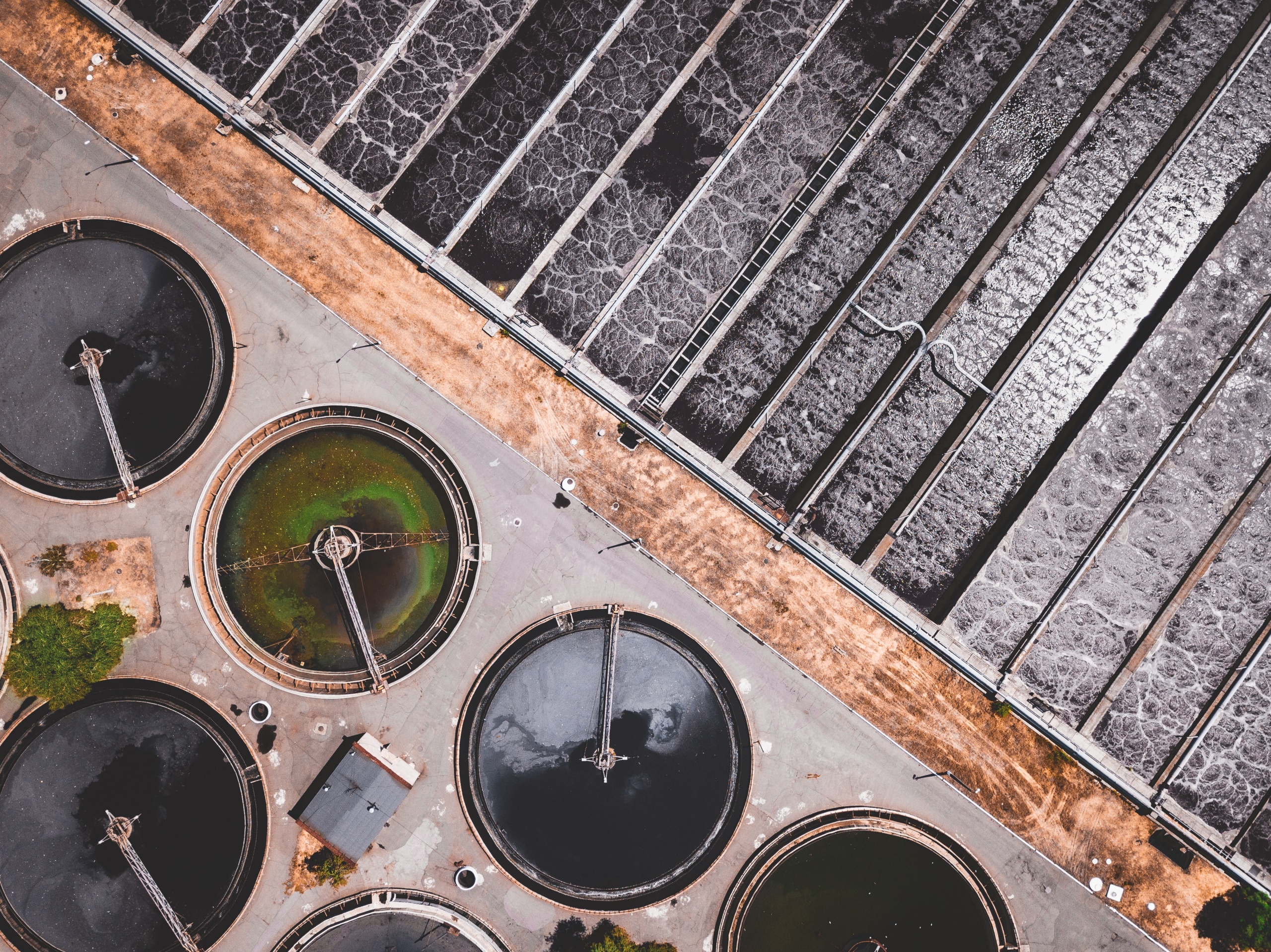By Sakshi Kabra Malpani, Publishing Associate: Researcher and Writer at Save the Water™ | March 04, 2023
Pure and clean drinking water is our basic right. Poor and outdated wastewater management technologies are one of the big hurdles on this road. Thermal hydrolysis of sewage sludge is an upgraded technology to treat wastewater. Upmanu Lall, director of the Columbia Water Center has also stated that it’s high time to improve wastewater treatment technologies to secure safer drinking water for coming generations.
Thermal Hydrolysis
Thermal hydrolysis uses steam to treat sewage sludge or wet organic wastes present in wastewater. It’s used prior to anaerobic digestion in wastewater treatment plants. This process requires high temperatures of around 140 to 170 °C and pressure of about six to nine bars.
During this process, steam releases energy at a high pressure. This increases the reactivity of water and destroys the chemical bonds of the sewage sludge. Post wastewater treatment, people use sewage sludge as bio-compost to enrich soil nutrients. Thus, it’s very important to treat sewage sludge appropriately.
Sewage Sludge
Wastewater treatment plants treat wastewater from sewage systems, and solid wastes are separated from liquid wastes. These solid wastes form sewage sludge, which can then be further treated or processed by thermal hydrolysis. Sewage sludge has two types: primary sludge and secondary–or waste-activated–sludge. Primary sludge has higher fibrous and lipid content, but less phosphorus and protein content. In contrast, secondary sludge contains more organic matter such as carbohydrates, proteins, microbial cells, etc.
After thermal hydrolysis, anaerobic digestion of the sewage sludge takes place, where bacteria breaks it down. Sewage sludge may contain dangerous chemicals and metals leached from industrial, household, municipal, and medical wastes. It also contains non-biodegradable organic matter.
Steps of Thermal Hydrolysis
Thermal hydrolysis is carried out in a batch process. The apparatus consists of a pulper, reactor, and flash tank. The process follows three steps:
- The sewage sludge is constantly fed into the pulper and preheated at about 100 ℃.
- From the pulper, the warm sludge goes to the reactor. In each system, there are about two to five reactors placed. Once the reactor gets full, it’s sealed. Steam is flushed inside, and the temperature of the reactor increases up to 180 ℃ at a pressure of about seven bars. The sludge is treated here for about half an hour to kill bacteria and other pathogens.
- Afterwards, sterilized sludge is fed into the flash tank at an atmospheric temperature. This abrupt reduction in pressure damages the cells of organic material. When the pressure drops suddenly, steam is produced and is again flushed to the pulper, which is then reused there.
The treated warm sewage sludge is then cooled to room temperature using heat exchangers. Lastly, it’s fed to digesters for the next process of anaerobic digestion.
Advantages of Thermal Hydrolysis
Thermal hydrolysis has multiple benefits:
- It reduces pathogens, antibiotic-resistant bacteria, and organic micro-pollutants in wastewater.
- It enhances water quality.
- After thermal hydrolysis, the biodegradability of organic contaminants also increases.
- It helps increase the production of biogas during wastewater treatment by up to 75%.
- This technology decreases the duration and increases the efficiency of the anaerobic digestion process, which is a very important stage of wastewater treatment technology.
- It helps reduce water quantity from sewage sludge. Hence, it becomes easier to treat sludge in advanced stages of wastewater treatment.
Drawbacks of Thermal Hydrolysis
Thermal hydrolysis consumes a lot of energy. It takes place in the absence of oxygen gas and other oxidants. Therefore, after treatment, the color of the sludge darkens. This dark-colored sludge can reduce the efficiency of later steps of wastewater treatment. For example, it can hinder the Ultraviolet disinfection process. To overcome these challenges, thermal hydrolysis can be replaced with an advanced thermal hydrolysis process. This process involves the use of oxidants.
What Can You Do?
CambiTM has installed more than 70 thermal hydrolysis plants in various countries, such as the United States, United Kingdom, and China. This, in combination with anaerobic digestion systems, provides a huge benefit to the masses. You can also help manage wastewater:
- Cut down the incautious disposal of your household wastes which further collects as sewage sludge.
- Reduce sewage sludge by making your septic tanks and drainage system leak-proof, as well as taking care of their maintenance regularly.
- Run social awareness programs to pass on this information.
- Involve the government to take charge of maintaining sewage and drainage systems.




